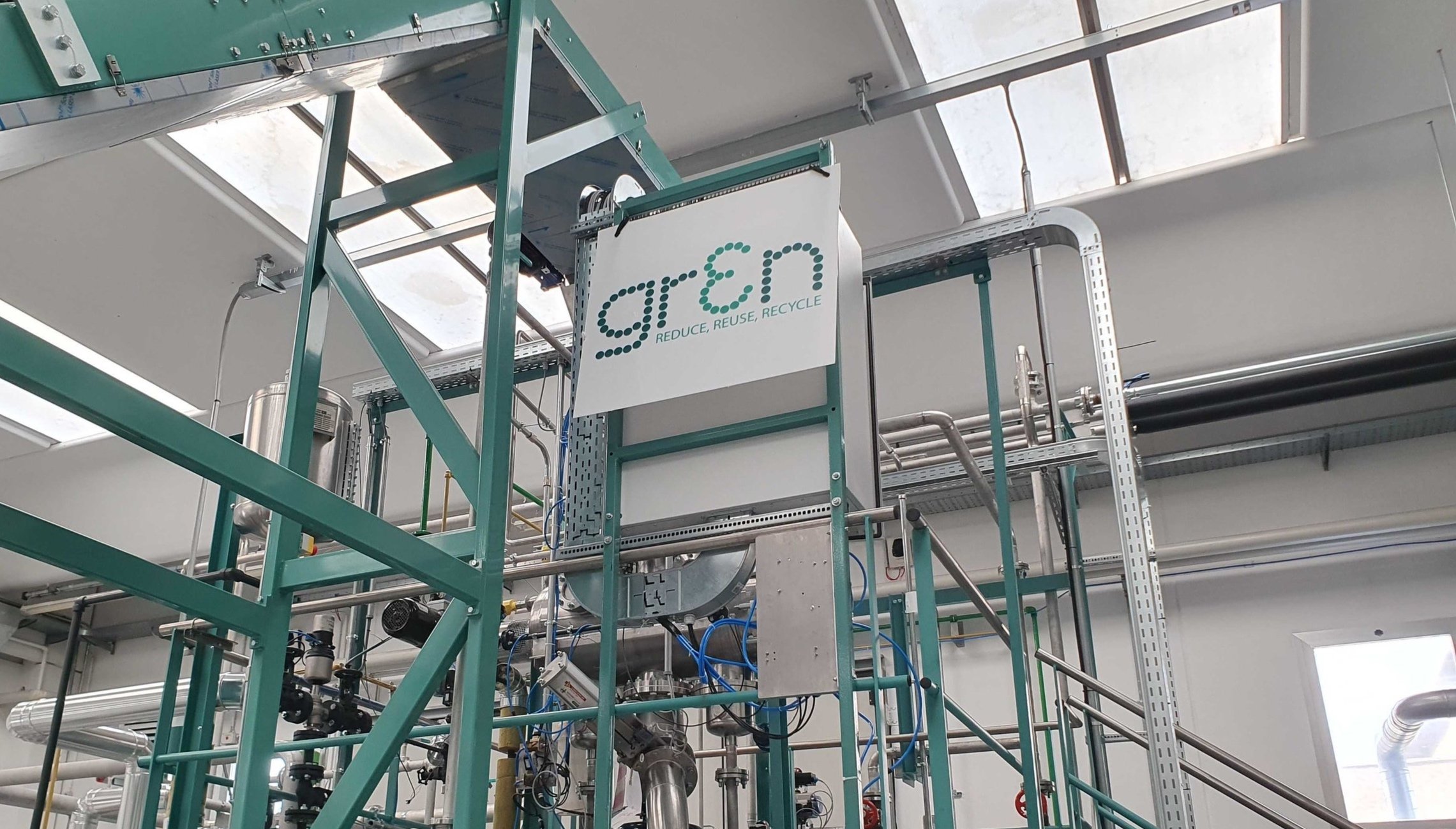AUTO-TWIN General Assembly in Athens – A Milestone Towards Project Completion
The penultimate General Assembly of the European project AUTO-TWIN took place in Athens in May 2025. This pivotal meeting convened project partners to evaluate progress and measurement of successmetrics in relation to the project’s objectives, with a focus on Key Performance Indicators, technological developments, and key achievements within the comprehensive AUTO-TWIN ecosystem.
During the assembly, the consortium conducted a detailed review of the ongoing activities under WP5: “Integration, testing, and validation of pilots.” The discussions centred on the progress achieved to date, as well as the analytical approaches and methodologies required in the final months to ensure the successful and high-performance completion of the AUTO-TWIN solution. This includes both the continued development of the project platform and the specific customisation processes for each individual use case. Particular attention was given to quantitatively measuring the impacts of each use case and implementing corrective actions to mitigate any discrepancies identified between expected outcomes and actual results. Such discrepancies primarily arise from the inherent gap between the theoretical definition of impacts and expected results during the proposal phase and their practical application in real operational environments of the use cases.
All required documentation for completion in the forthcoming months was presented, with a particular focus on the development of components intended to deliver Individual Exploitable Results (IRs) and Key Exploitable Results (KERs). This process was systematically structured and analysed through a four-stage lifecycle within the AUTO-TWIN framework, which was applied comprehensively to both the AUTO-TWIN platform and the customised version of each individual use case: 1. Component Development, 2. Integration, 3. Enhancement and 4. Validation
The identified Key Exploitable Results of the AUTO-TWIN project include:
Automatically generated Digital Twin
Circular data space
Circular digital thread
Digital Product Passport
Situation-aware data enrichment and explainability
Reduction of skills and knowledge gaps and human empowerment through AI
Digital services enabling operations at Green Gateways
To briefly outline our three use cases:
LIBATTION is a Swiss-based company specializing in battery solutions across various sectors. It focuses on integrating innovative and advanced battery technologies into industrial vehicles, electromobility applications, and stationary energy systems. At the project outset, one of their most mature products—the E-Brick—was selected as a use case. The E-Brick is a modular, rechargeable Li-ion battery system designed for light electric vehicles and home appliances, constructed with up-cycled 18650 Li-ion cells recovered from used batteries. Throughout the project, Libattion will assess the integration of AUTO-TWIN solutions into additional products, such as stationary energy storage systems.
GR3N is a Swiss company that has developed the first economically viable and environmentally sustainable chemical recycling process to depolymerize all types of PET (Polyethylene Terephthalate) and polyester into their monomers, which can then be repolymerized into virgin-quality plastics, enabling closed-loop recycling. The company is advancing industrialization of this process. Their primary objective is to commercialize a modular system known as the “Reactive Unit”, which applies their patented chemical recycling technology at scale.
CROMA, established in 1935, specializes in the design and construction of operating rooms and sterilisation centres for surgical instruments. In Spain, the Sterilization Centre at Burgos Hospital is directly managed by CROMA and is recognized as a benchmark for organizational excellence and quality management nationwide. Consequently, this centre has been selected as the pilot site for the AUTO-TWIN project.
The forthcoming evaluations will be conducted at the final General Assembly scheduled for September 2025, where the consortium will consolidate findings and formally assess the project’s outcomes based on the efforts and results achieved during the concluding months.




